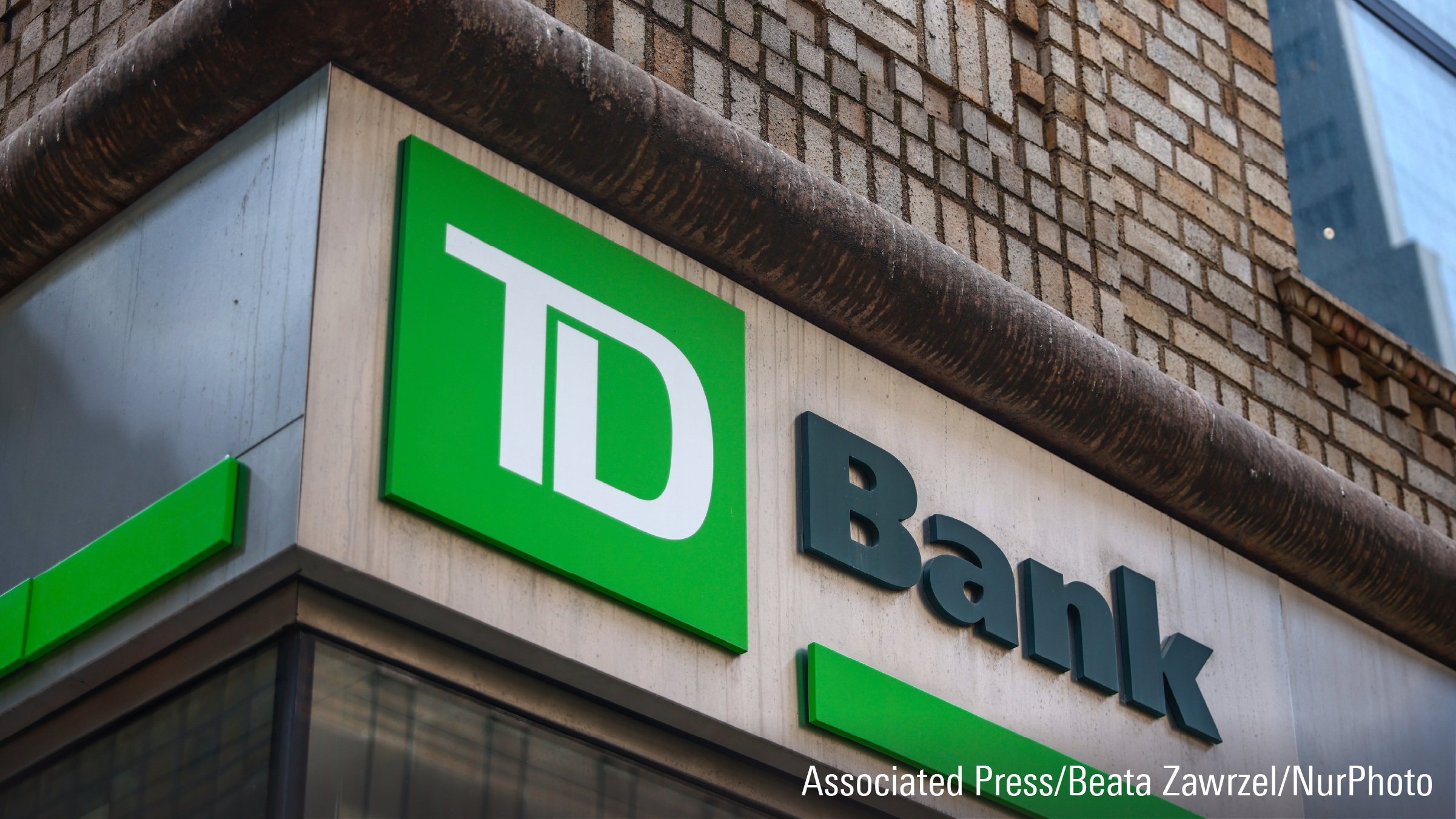
These funds are also called ‘one-ticket’, ‘single-ticker’, ‘asset-allocation’ or ‘balanced’ ETFs. They aim to provide peak efficiency and convenience for retail investors, at a cost more effective than trying to buy the underlying holdings and rebalancing them yourself.
“The idea itself is not new – they are essentially balanced funds,” notes Ian Tam, Morningstar Canada’s Director of Investment Research. “What’s innovative about these ETFs is the fact that they typically use low-cost index components to represent each asset class, allowing the investor a broad exposure with minimal costs.”
“These ETFs are an easy to use single-ticker holding that provides a balanced exposure and can be used as an entire portfolio or the main building block of an investor’s portfolio,” says Mark Raes, Head of Product ETFs and Mutual Funds for BMO Global Asset Management.
“The rebalancing is done within the product, so it is a true “set it and forget it” approach to investing,” adds Vanguard Canada’s head of product, Scott Johnston.
And it’s cheaper. “The median asset-weighted net expense ratio for allocation mutual funds in Canada is 1.97% - these ETFs come at a significantly lower cost to investors. Remember though, the components of the all-in-one are index funds, and hence you will be receiving index-like returns, which can be a good thing.”
Those low costs don’t necessarily mean less alpha, says Mark Noble, executive vice-president of ETF strategy at Horizons ETFs, “Historically, most of the performance variance (ie: drivers of returns) come from asset allocation as opposed to security selection.”
And investors are loving it, notes Johnston, “Asset allocation or balanced ETFs are one of the fastest-growing segments of the ETF market, having grown to over $4.5 billion in just over two years.”




















